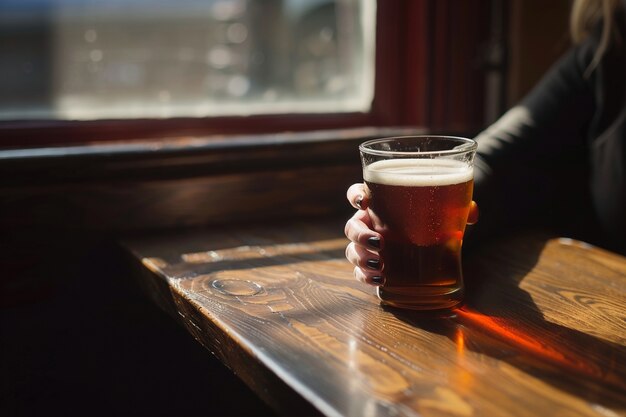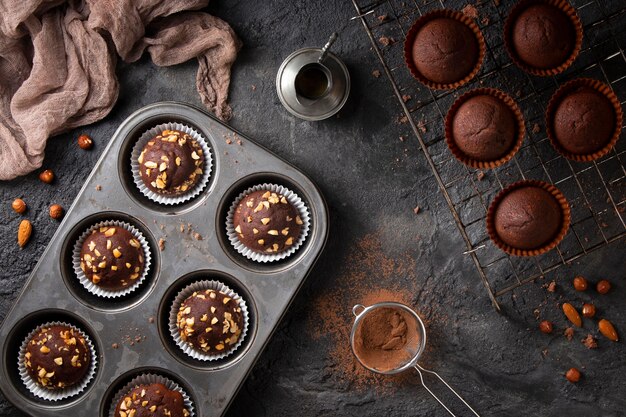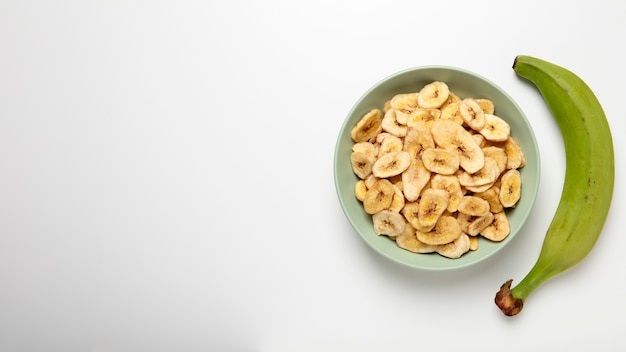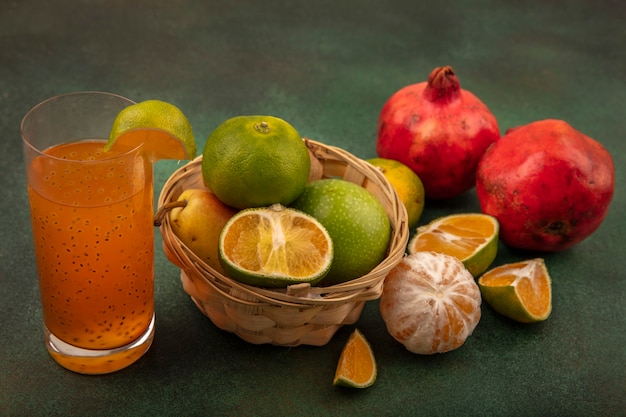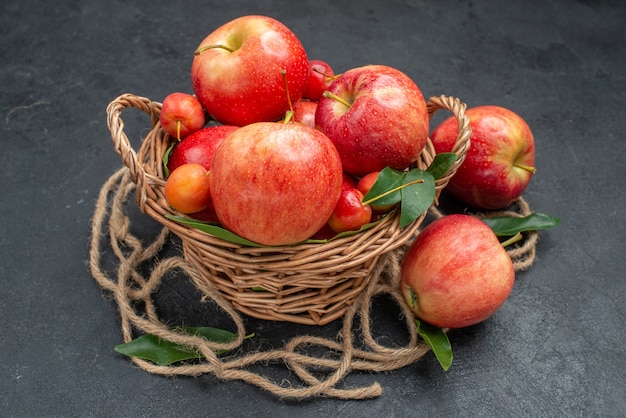Beer brewing is a tradition that has developed over countless generations. Essentially, the brewing process revolves around four key ingredients: barley, water, hops, and yeast. Each of these elements is crucial in shaping the beer’s final taste, smell, and feel. This article dives into these ingredients and their roles in brewing, giving you a complete picture of how beer is made.
The Role of Barley
Barley, especially the soft type, is fundamental in beer production. It’s chosen mainly because of its high starch content, which is vital for brewing. The process of making barley suitable for brewing is called malting.
Malting Process
Malting begins with thoroughly washing and sorting the barley grains to make sure they’re uniform. The grains are then soaked in water for several days, which kicks off germination. During germination, enzymes like amylase break down the grain’s complex starches into simpler sugars, such as dextrins and maltose. These sugars are crucial as they get converted into alcohol and carbon dioxide by yeast during fermentation.
When germination reaches the desired stage, the grains are dried in a kiln to stop the enzymatic activity, which could otherwise continue breaking down the carbohydrates and proteins, affecting the beer’s quality and flavor. This drying process stabilizes the grains, preparing them for the next brewing steps.
The Importance of Water
Water is a critical yet often underestimated component in beer production. The ideal water for brewing has low mineral content or is “soft.” This softness influences the pH levels, which affects the malt enzymes that convert starches into sugars, later fermented by yeast into alcohol and carbon dioxide.
The taste of the water also matters. Water that is overly sweet or high in minerals can extract too many bitter compounds from hops, making the beer taste overly sharp and acrid. Therefore, controlling water quality is essential for achieving the desired flavor and successful brewing.
The Contribution of Hops
Hops, specifically the female flowers of the Humulus lupulus plant, are essential for flavor, preservation, and foam stability in beer. These cone-like flowers are rich in tannins and alpha acids, which add the characteristic bitter taste that balances the malt’s sweetness. During the brewing boil, alpha acids are released, providing the bitterness. Hops also contribute essential oils that give beer various aromatic qualities, from floral to citrusy.
The variety of hops, the amount used, and the timing of their addition all play crucial roles in defining the beer’s final taste. Adding hops early in the boil increases bitterness, while late additions enhance aroma without substantial bitterness. Additionally, hops serve as a natural preservative, thanks to their antibacterial properties that inhibit unwanted microorganisms.
The Function of Yeast
Yeast is indispensable for brewing beer, with Saccharomyces carlsbergensis and Saccharomyces cerevisiae being particularly important strains. Yeast is responsible for alcoholic fermentation, converting the sugars from malted grains into alcohol and carbon dioxide. This not only creates the beer’s alcohol content but also its carbonation.
Beyond alcohol production, these yeast strains significantly shape the beer’s flavor, aroma, and overall sensory profile. They produce various flavors, including fruity esters and phenolic compounds. The choice of yeast strain impacts everything from the beer鈥檚 clarity to its mouthfeel, making it a key factor in defining each beer’s unique identity.
The Brewing Process
Brewing starts with the four essential ingredients: water, malt, hops, and yeast. Here’s a detailed look at the brewing process:
Milling and Mashing
The process starts with malted barley, which is ground into a coarse powder to help absorb water better. This ground malt is mixed with water to create a “mash.” Temperature control during mashing activates enzymes that convert the starches into sugars, a crucial step known as saccharification. These sugars are later fermented by yeast to produce alcohol.
Lautering
After saccharification, the liquid part of the mash, called “wort,” is separated from the solid grain residues through lautering. The leftover solids, or “spent grain,” are often repurposed as animal feed.
Boiling and Hopping
The clear wort is then boiled in a large kettle, and hops are added at this stage. Boiling extracts the hops’ aromatic and bitter compounds and sterilizes the wort by killing unwanted microorganisms.
Cooling and Fermentation
The hot wort is rapidly cooled using a heat exchanger and then transferred to fermentation tanks, where yeast is added. Yeast ferments the sugars in the wort, producing alcohol and carbon dioxide. The fermentation type (ale or lager) depends on the yeast strain and conditions.
Conditioning and Filtration
After fermentation, the beer undergoes conditioning to develop its flavors and remove residues. This can include additional fermentation or cold storage. It’s also filtered or centrifuged to clarify it.
Packaging and Pasteurization
Finally, the beer is packaged into bottles, cans, or kegs. Before sealing, it’s often pasteurized to kill any residual microorganisms, extending its shelf life.
Common Brewing Errors
Even with meticulous attention, several common errors can affect the final product:
1. Cloudiness: Inadequate filtration or poor pasteurization can result in a cloudy beer, impacting stability and appearance.
2. Streaming Appearance: Growth of unwanted microorganisms can cause a filmy appearance, changing the flavor unfavorably.
3. Unexpected Sour Taste: Different hops and water quality can disrupt the intended flavor balance, making the beer taste sour.
Each of these errors can significantly impact the quality and enjoyment of the beer.
In conclusion, brewing beer is a complex process that requires a deep understanding of both the ingredients and the steps involved. Each component and stage contributes to the final taste, aroma, and texture, making beer brewing as much an art as it is a science.
